According to the latest warning from the World Health Organization (WHO), 80%–90% of children in Asia, including Vietnam, could be nearsighted by 2050.
Myopia is one of the most common refractive errors in Vietnam, especially among school-aged children. According to statistics, the rate of myopia among children is approximately 20-40% in urban areas and 10-15% in rural areas.
 |
| Illustration photo |
In some schools in downtown Hanoi and Ho Chi Minh City, the rate of students with myopia reaches up to 50%. Another in-depth study of more than 3,000 primary school students aged 6-10 in primary schools in Vinh City, Nghe An province, from August 2022 to the end of May 2023, showed that the overall rate of myopia among primary school students was approximately 31.3% and is expected to increase further in the coming years.
According to doctors, most people think that nearsightedness is not a serious problem, and that the symptoms can be easily corrected with glasses.
However, in reality, myopia is the leading cause of vision loss and the second leading cause of blindness. Current trends show that the severity of myopia is increasing, with a high prevalence rate, especially in children.
Myopia not only negatively impacts children's quality of life and academic performance, but also leads to limitations in participating in sports and exploring new experiences later in life.
There are three main causes of nearsightedness. The first cause is genetics. According to studies, if both parents are nearsighted, the chance of their child being nearsighted is between 33% and 60%. If neither parent is nearsighted, the chance of the child being nearsighted is only between 6% and 15%.
The second reason stems from the fact that children today use electronic devices too early and too much. A survey in Vietnam on children's use of digital devices such as tablets and phones showed that up to 78% of children aged 1 to 5 are exposed to electronic devices for hours every day.
Electronic devices emit artificial blue light, which can cause eye strain, disrupt sleep, and eventually lead to nearsightedness.
Furthermore, excessive use of electronic devices deprives children of natural light and outdoor exercise, indirectly increasing their risk of nearsightedness.
The third cause, and one that is less well-known, is a deficiency in essential nutrients for the eyes such as lutein, zeaxanthin, vitamins A, C and E, and minerals.
Parents often focus on providing general nutrition for their children, rarely paying attention to the specific nutritional needs of the eyes. This deprives the eyes of the necessary defense mechanisms to reduce the risk of myopia during studying and daily life.
Sharing information about the prevalence of ophthalmic diseases among the population, Dr. Pham Thi Hang, Head of the Refraction Department at DND International Eye Hospital, said that according to ophthalmological studies and examinations conducted in schools, the rate of refractive errors is increasing.
In some schools, the rate of students with refractive errors reaches 30-40%, a rate even higher in urban areas. This is alarming. In some schools, when we examined students, out of every 10 students, 5-6 wore glasses, and about 2 had vision of only 5/10-6/10.
Many children come for examination with risks of amblyopia, myopia in one eye, refractive error in one eye, and many children experience rapid increase in myopia. Some even see an increase of 2-3 diopters in a single year.
According to Dr. Hang, refractive errors seriously affect daily life, studies, work, and even career aspirations… However, with the development of medicine, there are now many modern surgical methods that can restore healthy vision in just a few seconds.
Regarding treatment methods, according to Ms. Dang Thi Nhu Quynh, Deputy Director of DND International Eye Hospital, many patients now choose refractive surgery as a solution to achieve sharp vision without relying on glasses.
According to Dr. Quynh, many new refractive surgery methods have emerged with extremely outstanding advantages. Among them, Smile Pro is considered the improved generation of ReLEx SMILE, promising to lead the future trend in refractive surgery.
Compared to the ReLEx SMILE method, which was a breakthrough in refractive surgery with a laser treatment time of only 23 seconds per eye, SMILE Pro offers even more amazing results, shortening the time to just 8 seconds per eye, with a single laser beam correcting up to 10 degrees of myopia and 5 degrees of astigmatism.
DND International Eye Hospital has successfully performed thousands of SMILE pro surgeries. Specifically, from March 2023 to the present, DND International Eye Hospital has successfully performed over 2000 SMILE pro surgeries. Of these, the rate of visual acuity stabilization 3 months after surgery reached 99.41%, and uncorrected visual acuity improved compared to corrected visual acuity in 96.87% of cases.
In addition, the Deputy Director of DND International Eye Hospital warned about retinal detachment. According to the doctor, this is a condition that can cause permanent vision loss if left untreated or treated late.
Dr. Quynh recently treated a case of a Vietnamese expatriate who returned to Vietnam intending to have myopia surgery. However, upon examination at DND International Eye Hospital, the doctor discovered that the patient had retinal detachment. The patient immediately underwent retinal detachment surgery. After the successful surgery, the patient returned for myopia surgery some time later.
Retinal detachment occurs when the retina separates from the back of the eye. This causes vision loss that can be partial or complete, depending on the extent of the detachment.
When your retina detaches, its cells can be severely deprived of oxygen. Retinal detachment is a medical emergency. Patients should immediately contact an ophthalmologist if they experience any sudden changes in vision.
Over time, the rate of photoreceptor cell death and retinal detachment worsens, leading to a more serious prognosis. After 24 hours, the death rate is 0.02% and increases progressively. Therefore, prolonged retinal detachment significantly reduces the chances of visual recovery. DND International Eye Hospital employs various treatment methods for retinal detachment.
Currently, healthcare is one of the top priorities for society. Accordingly, the Ministry of Health has issued Circular No. 54/2017/TT-BYT encouraging hospitals to promote the application of modern technology and techniques in the treatment and care of patients.
The Ministry of Planning and Investment has also officially approved the national strategy "Innovating technology and promoting healthcare technology to address challenges in the healthcare industry in Vietnam". Therefore, it can be said that the application of new techniques in medicine is a crucial task and has become a common goal for hospitals nationwide.
According to Dr. Nguyen Dang Dung, Director of DND International Eye Hospital, refractive surgery is a flagship area of expertise at DND International Eye Hospital.
Currently, DND owns many refractive surgery systems with different methods, such as: SMILE pro, SMILE/SUPER CLEAR, Femto Lasik, SmartSurfACE, Lasik, Phakic… Among them, SMILE pro is the newest and most modern method at the moment, with laser treatment time reduced to only 8 seconds.
Myopia is becoming a global health and socioeconomic problem and is the most common acquired refractive error among school-age children.
In particular, in modern life today, due to unhealthy habits and activities such as reading books and stories in dimly lit environments or at close range for extended periods; playing games on phones and computers; watching too much television, children's eyes have to constantly adjust, causing fatigue, pain, and eye strain.
Vietnam has nearly 3 million children with refractive errors, of which more than 70% are nearsighted. It can be seen that the pressure of studying along with easy access to electronic devices (TV, phone, computer, ...) causes the rate of refractive errors to increase rapidly, especially during the summer holidays.












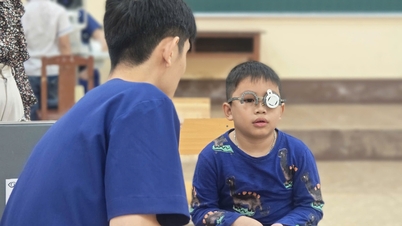



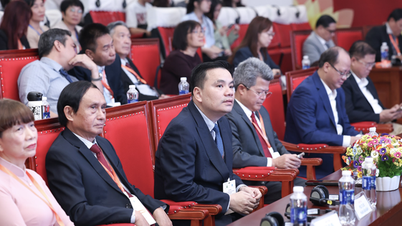





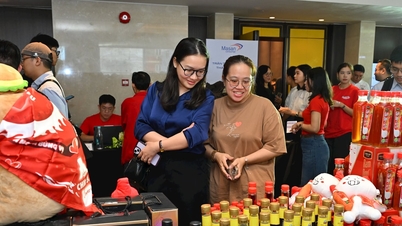












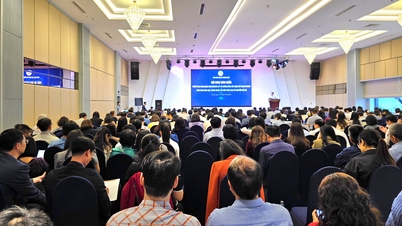





![[Video] The craft of making Dong Ho folk paintings has been inscribed by UNESCO on the List of Crafts in Need of Urgent Safeguarding.](https://vphoto.vietnam.vn/thumb/402x226/vietnam/resource/IMAGE/2025/12/10/1765350246533_tranh-dong-ho-734-jpg.webp)














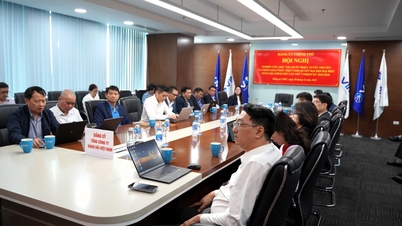



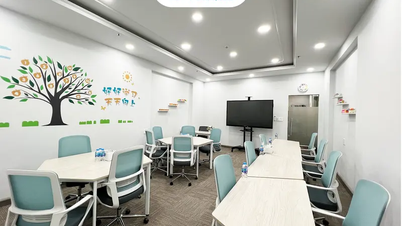













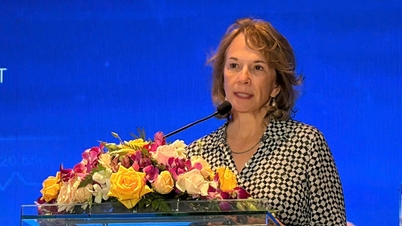
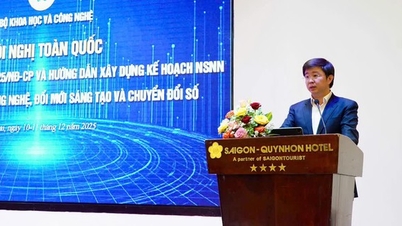

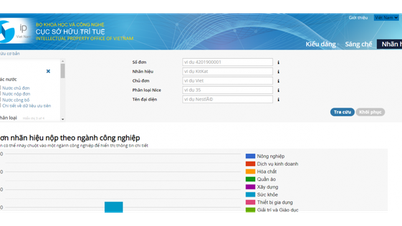

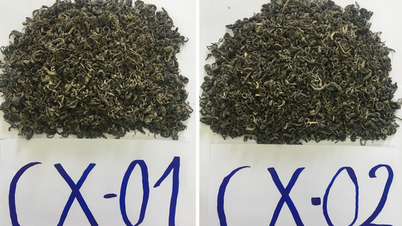





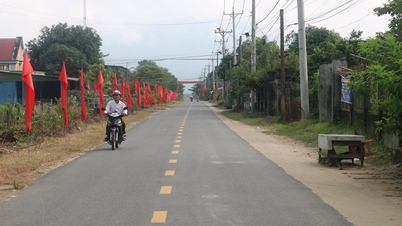
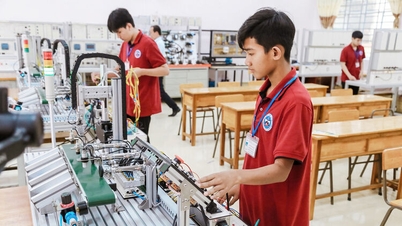




















Comment (0)